amateur radio
electronics
ham radio
history
jamming
military
military communications
military grade
military radio
radio frequency
shortwave
wavelength
aerospacedefense, airdefense, battlefieldtechnology, battleofthebeams, C2W, coldwar, commandcontrol, cyberwarfare, defensetech, defensetechnology, electromagnetics, electronicwarfare, ELINT, EMwarfare, IADS, militaryaviation, militarycommunications, militarydoctrine, militaryhistory, militaryinnovation, militaryintelligence, militaryradio, militarystrategy, militarytechnology, radarhistory, radarjamming, radiodirection, RadioFrequency, radiointerception, radiowarfare, reconnaissance, SAMmissiles, satellitesurveillance, SIGINT, signalsintelligence, spacerace, surveillancetechnology, tacticalaircombat, telecommunications, vietnamwar, warfaretechnology, wildweasel
9M2PJU
0 Comments
The Evolution of Electronic Warfare: From Telegraph Tapping to Space-Age Surveillance
Electronic warfare (EW) has evolved alongside the development of communications and sensing technologies, transforming from simple signal interception to sophisticated multi-domain operations. Let’s explore this fascinating journey through time, examining how militaries have continually adapted to exploit and counter electromagnetic capabilities.
Early Beginnings: The Telegraph Era
The roots of electronic warfare stretch back to the American Civil War (1861-1865), when Confederate cavalry developed techniques to intercept and manipulate Union telegraph communications. Rather than simply cutting lines, they learned to listen in and send false messages, gaining valuable intelligence advantages.
Similar lessons emerged during the Boer War (1899-1902), where British forces failed to secure their telegraph communications. The Boers quickly recognized that covertly intercepting messages provided far greater value than destroying communication lines, setting an early precedent for electronic intelligence gathering.
Radio: The First True Electronic Battlefield
The early 20th century introduced wireless radio communications, which despite limitations in range and equipment size, revolutionized military communications—particularly for naval forces. The vulnerability of these systems became immediately apparent.
During the Russo-Japanese War (1904-1905), we see what might be the first documented case of radio jamming. A Russian operator discovered Japanese artillery-spotting frequencies and continuously transmitted on them, effectively blocking the enemy’s ability to coordinate accurate fire.
By World War I (1914-1918), radio intercept units had become standard military assets. The Battle of Tannenberg in 1914 demonstrated the catastrophic consequences of unsecured communications when German forces intercepted unencrypted Russian marching orders, allowing them to surround and defeat separate Russian armies.
This period also saw the introduction of radio direction finding (DF) technology. The British Navy deployed coastal DF systems in 1914 to track German naval movements, enhancing their blockade effectiveness and helping counter submarine threats.
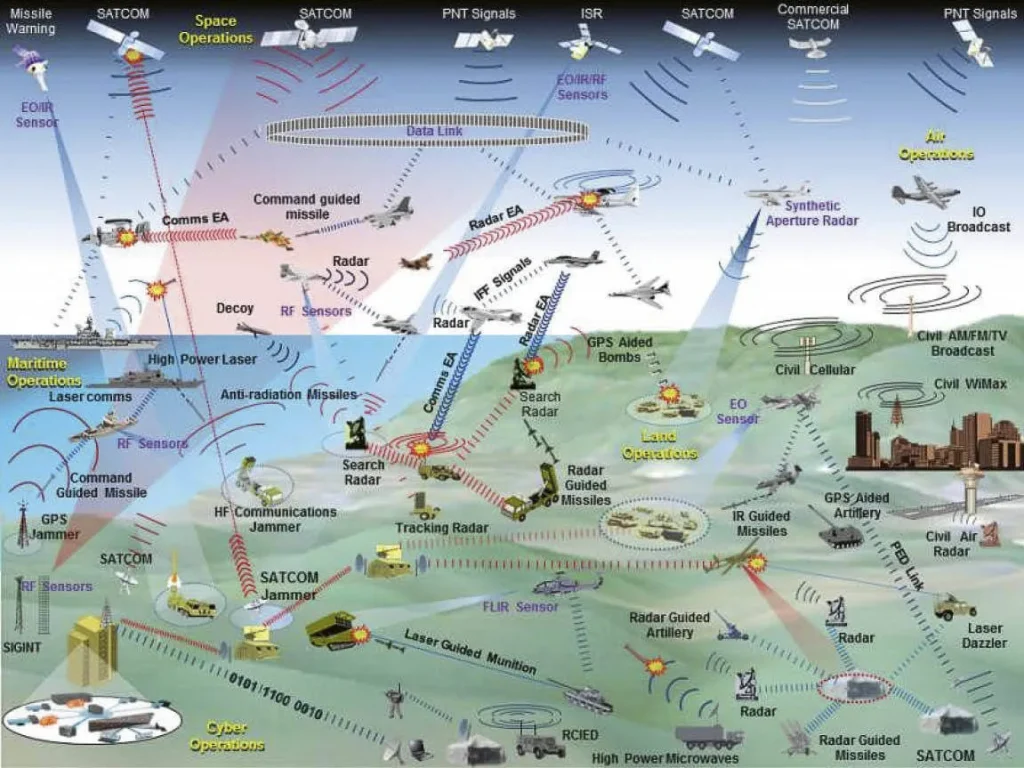
The Interwar Period: Battle of the Beams
The years between World Wars saw significant advancements in radio technology, including higher frequency capabilities and clearer voice transmission. Germany pioneered radio navigation aids that allowed accurate bombing in poor weather conditions, dramatically increasing air power effectiveness.
The British response to these systems—detecting, jamming, or manipulating these navigational beams to cause German aircraft to miss targets—became known as the “Battle of the Beams.” This technological chess match established the pattern of measures and countermeasures that would characterize electronic warfare going forward.
Radar: Changing the Battlefield Landscape
The development of radar before and during World War II represented a quantum leap in electronic warfare capabilities. Multiple nations raced to develop this technology, primarily for air defense purposes.
Countering radar required understanding how signals were processed—a field now known as technical intelligence. The British demonstrated this by conducting special operations against German radar sites, leading to the development of effective jamming technologies.
By 1942, radar applications had expanded to air-to-air intercepts and bombing missions. Allied aircraft faced increasing losses to German night fighters, prompting countermeasures like “window” (called “chaff” by Americans)—metal dipole reflectors creating false radar returns behind which aircraft could hide.
The Germans countered with tactics focused on passive detection of allied emissions, highlighting the never-ending cycle of electronic measure and countermeasure. By the end of the Pacific War, America had introduced specialized EW aircraft equipped with radar intercept and jamming capabilities.
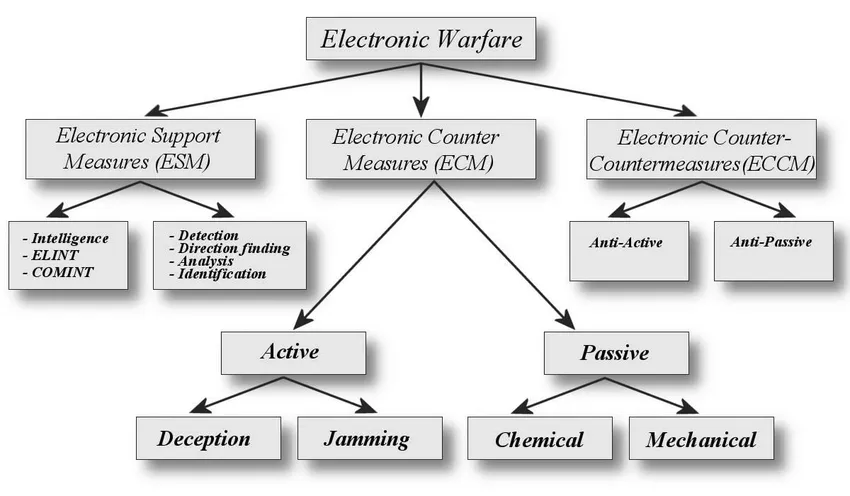
The Cold War: Intelligence and Deterrence
After WWII, electronic warfare development briefly slowed until the Soviet Union’s first atomic test in 1949 reignited concerns. The ensuing Cold War placed premium value on intelligence gathering, with both sides developing extensive electronic surveillance capabilities.
The Soviets created border radar networks while the U.S. conducted reconnaissance flights with sophisticated electronic intelligence equipment. This direct approach ended in May 1960 when a U-2 spy plane was shot down over Russia by a radar-guided missile, leading to the public trial of pilot Gary Powers.
This incident pushed intelligence gathering toward satellite technology and forced a radical rethinking of bombing tactics. American bombers had previously relied on high-altitude approaches, but now needed EW operators to detect and counter radar threats. The period also saw the introduction of infrared systems for targeting and surveillance.
The Space Race: Surveillance from Above
Military adoption of space-based technology followed the Soviet Union’s 1957 launch of Sputnik. By 1989-1990, the Army Space Demonstration Program was experimenting with GPS receivers for accurate positioning and navigation, while DARPA launched lightweight satellites with UHF communications packages.
Today, satellites provide essential capabilities across communications, reconnaissance, surveillance, positioning, navigation, weather monitoring, and mapping—representing a fully mature dimension of electronic warfare.
Vietnam: Adapting to New Threats
During the Vietnam War (1964-1973), American aircraft faced serious threats from Soviet-supplied radar-guided surface-to-air missiles (SAMs). Initial responses included “ferret” aircraft to locate enemy radar sites, followed by “Wild Weasel” aircraft equipped with missiles that homed in on SAM radar emissions.
This period saw the development of the Suppression of Enemy Air Defense (SEAD) doctrine, with dedicated aircraft entering threat areas before bombing runs. As the conflict progressed, tactical fighters received radar warning receivers, chaff dispensers, and self-protection jammers. The EA-6 escort jamming aircraft and laser target designation systems also debuted during this era.
Integrated Air Defense Systems: A New Challenge
The evolution of Soviet SAM systems created overlapping defensive networks known as Integrated Air Defense Systems (IADS). The 1973 Arab-Israeli War demonstrated their effectiveness, as Egyptian and Syrian forces deployed Russian-style IADS that initially shocked Israeli air forces.
Perhaps the most dramatic demonstration of countering such systems came in 1982, when Israeli forces devastated Syrian positions in Lebanon’s Bekaa Valley. This operation showcased the integration of unmanned aerial vehicles, radar and communications jamming, air-launched decoys, anti-radar missiles, artillery-deployed chaff, laser-guided bombs, and all-aspect infrared missiles.
This comprehensive approach became known as Command and Control Warfare (C2W), uniting electronic warfare with physical destruction and SEAD tactics.
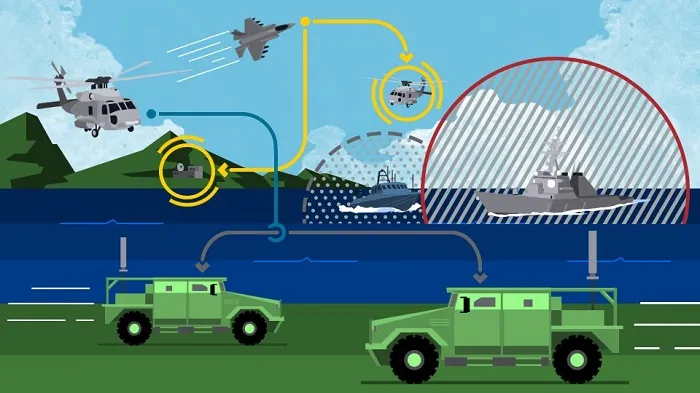
The Continuing Evolution
From Civil War telegraph tapping to today’s multi-domain operations, electronic warfare has continuously adapted to new technologies and threats. As electromagnetic capabilities expand from tactical to global applications, this fascinating technological chess match continues to shape military strategy and operations.
What began as simple signal interception has evolved into a sophisticated discipline encompassing detection, deception, and disruption across the electromagnetic spectrum. The history of electronic warfare reminds us that in military technology, advantage is always temporary—and innovation is perpetual.


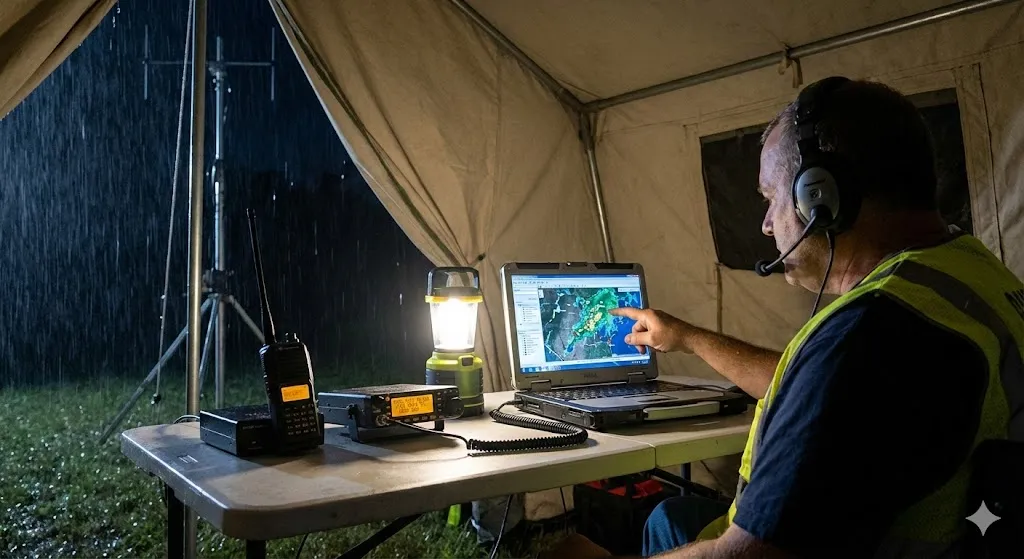
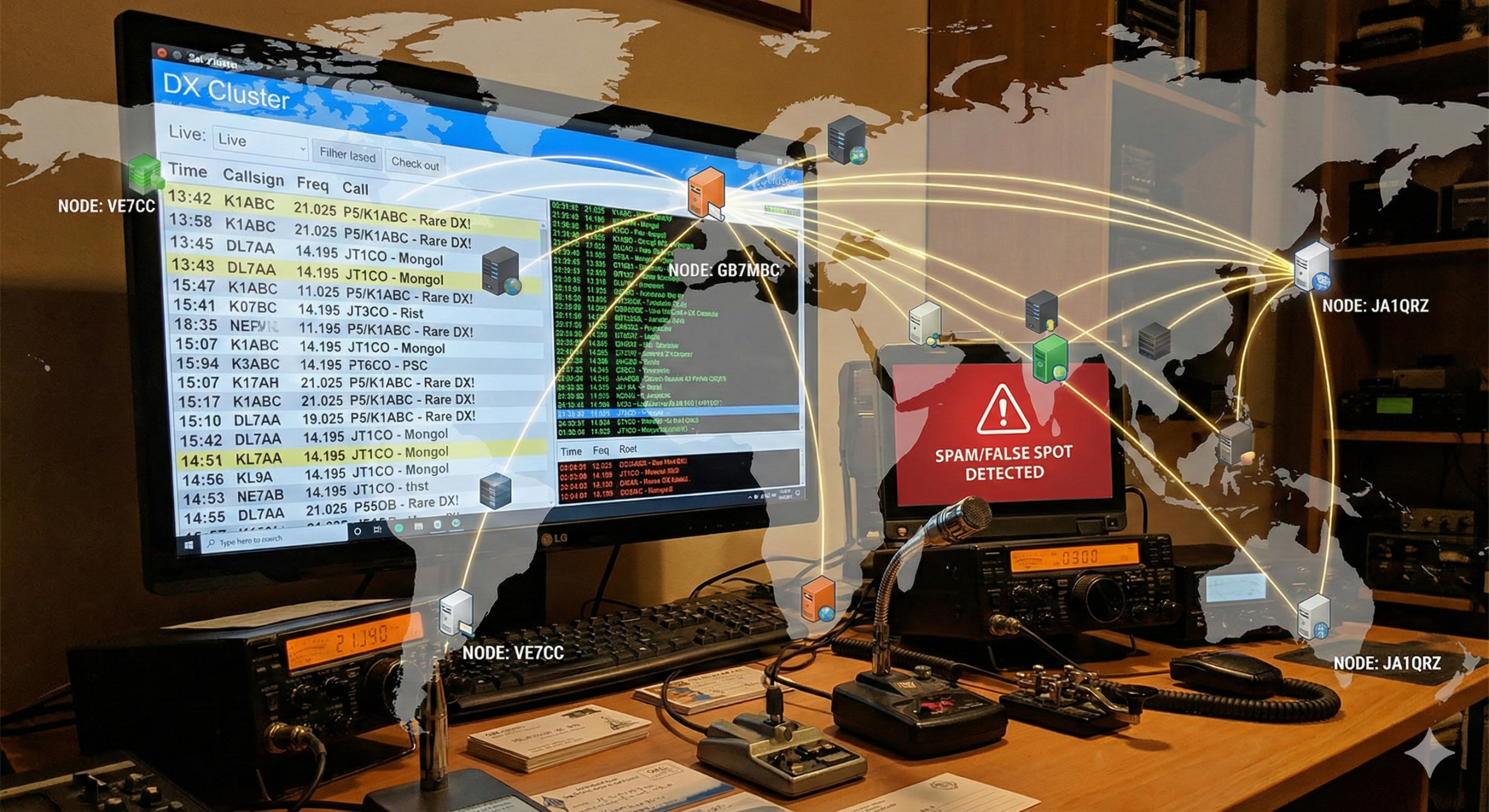



Post Comment